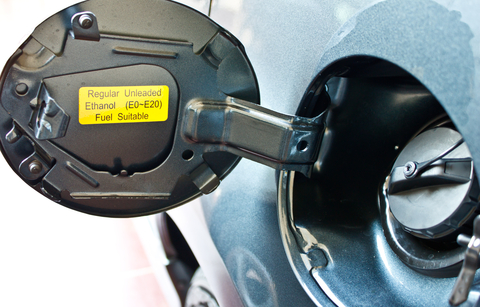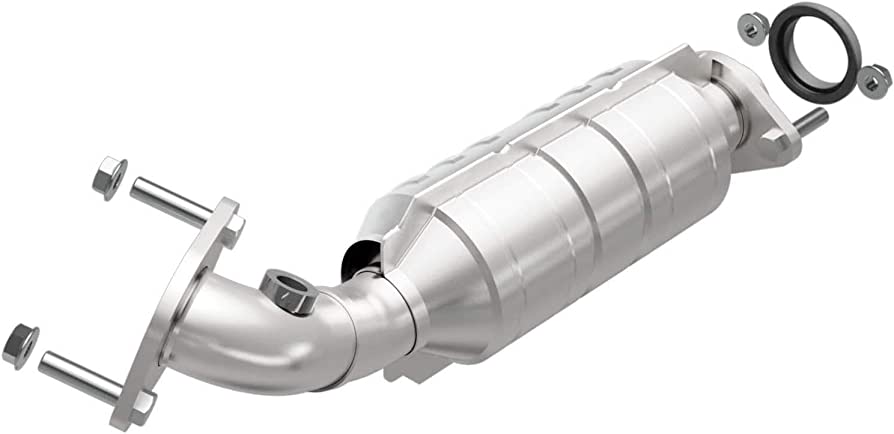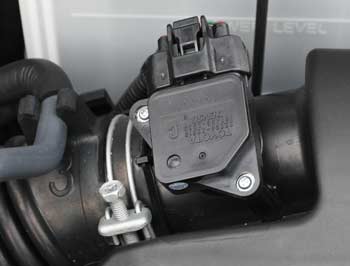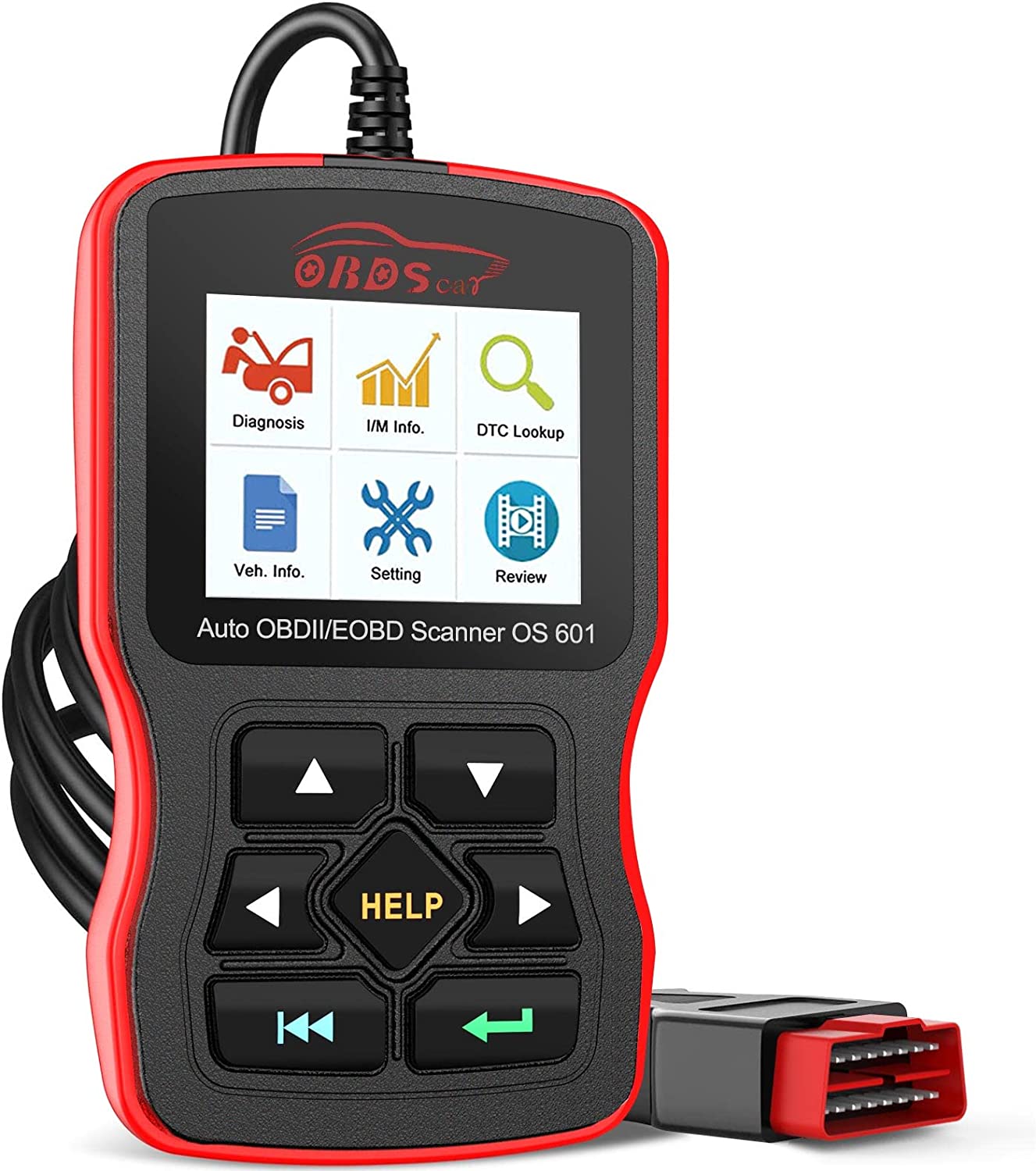Understanding Your Car
"Check Engine" light.

What could cause the "Check Engine" light to come on?
The "Check Engine" light is a critical component of your car's diagnostic system. When it illuminates, it can cause concern for many drivers because it indicates that something may be wrong with the vehicle's engine or emission control system. This warning can be triggered by a variety of issues, from minor problems to potentially serious mechanical or electrical issues.
In this article, we will explore the common causes of its illumination and what steps you should take when it comes on to ensure the good health and safety of your vehicle. Understanding the "Check Engine" light can help drivers proactively address problems and avoid costly repairs down the road.
"Check Engine" light will come on due to the following reasons:

Oxygen sensors (O2 sensors) measure the quantity of unburnt oxygen in a car's exhaust system. They are linked to the vehicle's computer system, where they send information used to control the mixture of air and fuel that gets into the cylinders.
A failed O2 sensor can lead to increased fuel consumption and potential damage to other components, such as spark plugs. If you notice a problem with your O2 sensor, it should be replaced as soon as possible.

Your gas cap prevents petroleum vapor from escaping into the air. If your gas tank is left open, the "Check Engine" light will automatically come on after a short while.

The Catalytic Converter prevents the emission of hydrocarbons and other harmful substances by converting them into Carbon (IV) oxide and Water vapor. Your O2 sensors monitor the performance of the Catalytic Converter, and if it becomes inefficient, they will trigger the "Check Engine" light.

Spark plugs are responsible for igniting your engine. Worn-out spark plugs or wires can trigger the "Check Engine" warning.

The Mass Airflow Sensor (MAF) plays a crucial role in your engine's operation by measuring the amount of air it receives. This measurement is essential for determining the amount of fuel
required for optimal performance.
A faulty Mass Airflow Sensor can have a negative impact on your engine's
performance.
How to Solve Check Engine Problems.
How do i get rid of check engine error?

An OBD scanner can be helpful in diagnosing and resolving "Check Engine" warning problems. An OBD Scanner (Onboard Diagnostic) is a car diagnostic gadget that reads error codes and data from your vehicle's system. It can help you in identifying and rectifying problems or clearing the error codes.
Conclusion
In conclusion, understanding the Check Engine light and knowing how to respond to it are essential for extending the lifespan and improving the performance of your engine.